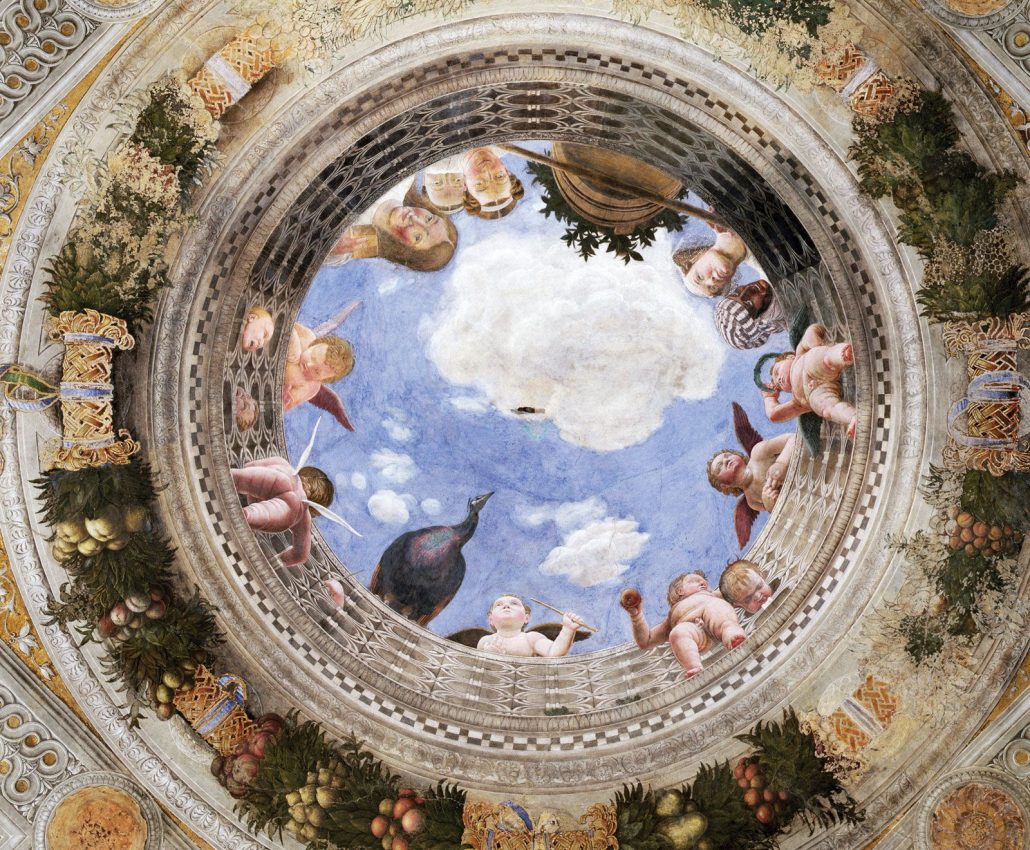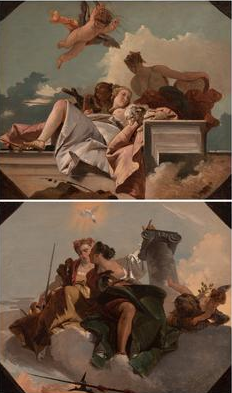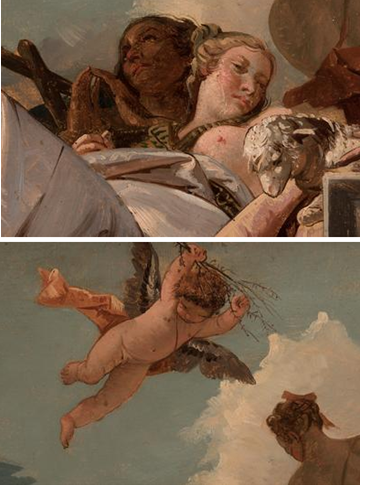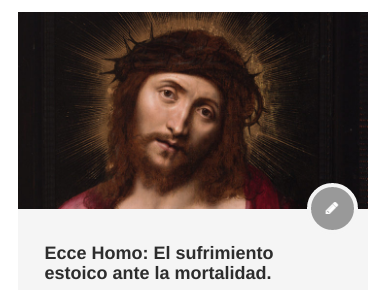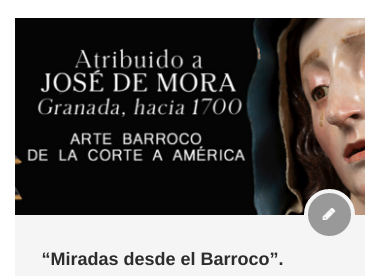BAROQUE CEILING PAINTING: A WINDOW TO HEAVEN
Between the end of the 16th century and the beginning of the 17th century, a new aesthetic and ideological movement emerged in Italy that would permeate the artistic and literary production of the peninsula and the entire continent.
The Baroque conquered the European courts with its approach so far removed from earlier Mannerism: a triumph of invention over imitation, a celebration of emphasis and strangeness, a clear intention to surprise and impress, in stark contrast to Classicism.
The spectacularity sought by this movement is expressed to a large extent with impressive and sumptuous ceilings decorated with frescoes. – The goal is to amaze the viewer and fool their eyes, using illusionistic painting to recreate three-dimensional effects. The architectural barrier thus becomes a springboard to represent a scene halfway between reality and fiction, creating unreal spaces that mix earth and sky (like the ceiling of the church of Sant’Ignazio in Rome painted by Andrea Pozzo ).
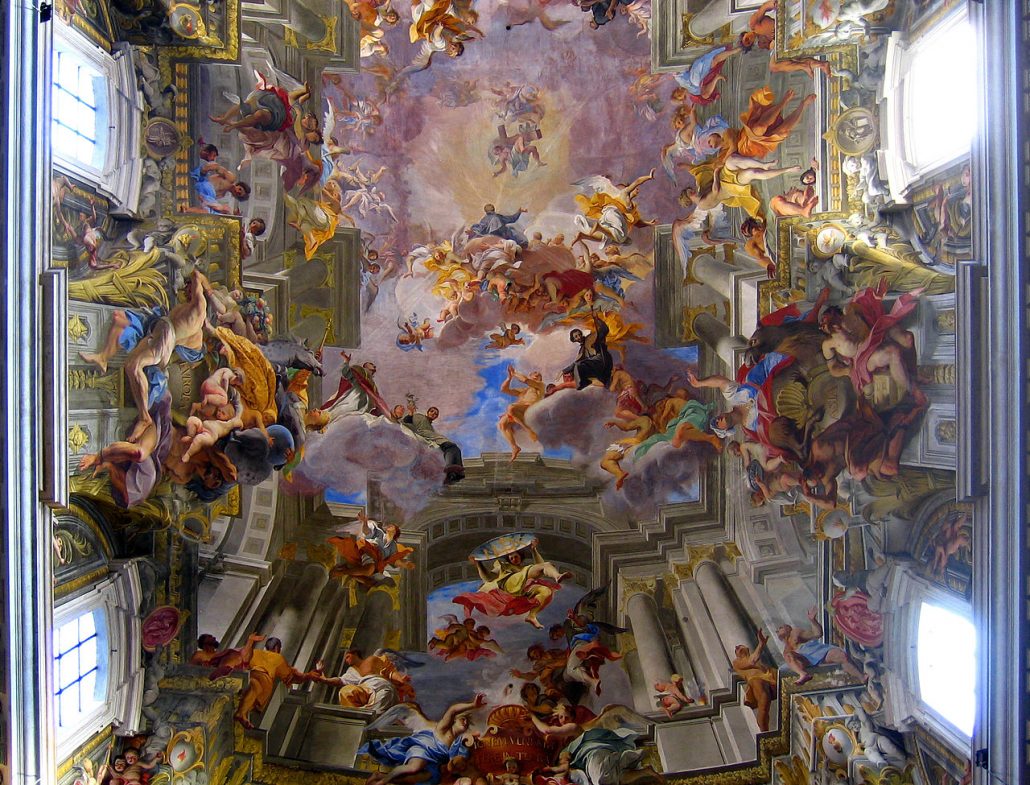
In the Renaissance, Andrea Mantegna highlighted this technique in the Bridal Chamber of the Doge’s Palace in Mantua, using false architectural structures leading to an open sky, suggesting an illusion of depth.
However, during the Baroque, the paint on the ceilings, already widely used, is transformed into an artistic “stage” to express a triumph of figures, lasting stucco, illusionistic paintings. In addition to the technical complexity of the surface to be decorated, the optical distortion caused by a scale representation on the ceiling had to be taken into account.
To get around this problem, the most common stratagem – already known to Michelangelo of the Last Judgment – was to resort to anamorphosis, a curved or oblique image that could only be deciphered if it was observed from a certain point of view.
During this period, the Church of the Counter-Reformation was the main client: it wanted to dazzle and awaken strong emotions in the faithful, taking advantage of the Christian iconographic repertoire.
Thus, in churches the preferred subjects are the saints and blessed, often flanked by allegories of the cardinal virtues or biblical scenes; in private palaces, on the other hand, representations of pagan myths of the Hellenistic world or reworked in Roman key rejoice.
These representations also allowed a display of erudition and opulence on the part of the patrons, in their wealth of allegorical figures, symbolisms, figures allusive to the heritage of the families.
The prolific Giambattista Tiepolo has a large number of ceiling frescoes in his production, with extraordinary compositions that soon earned him European fame.
Starting in Venice with the Labia Palace and Ca ‘Rezzonico, it can also boast of the completion of the frescoes of the Würzburg Residence up to the last commission made for the Royal Palace of Madrid.
At Setdart we offer for sale a pair of oil paintings on paper attached to canvas belonging to the Italian artist’s circle, representing the allegories of “Patience, Innocence and Chastity” and “Strength and Justice”.
These figures were conceived to be placed in the corners of the ceiling of the Chapter House of the Scuola Grande dei Carmini in Venice, and they reflect the gifted light typical of Tiepolo’s legacy, infused with vibrant dynamism.
Thus, the artist’s footprint leaves a furrow in future generations, elevating the baroque language and earning him the title of magnificent first master of the Great Way.

